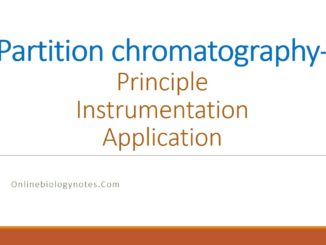
Partition chromatography-principle, instrumentation and application
Introduction First developed by Martin and Syange in 1941, illustrated the technique for the separation of amino acids. Their basic was to use liquid phase […]

Introduction First developed by Martin and Syange in 1941, illustrated the technique for the separation of amino acids. Their basic was to use liquid phase […]

Introduction: Urea is the chief nitrogenous waste formed during protein metabolism in man. It is devised principally from the amino groups of amino acids. Liver […]
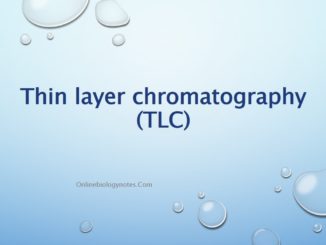
Principle of thin layer chromatography It is similar to paper chromatography except that a thin (0.25mm) layer of some inert material such as Al2O3, MgO, […]

Introduction For all practical purposes, glucose is the only sugar that is present in the blood. Glucose is absorbed by the body cells and is […]

Introduction: Lipids are organic substances that contain mostly carbon and hydrogen and some oxygen. A number of lipids also contain nitrogen and phosphorus. Lipids in […]
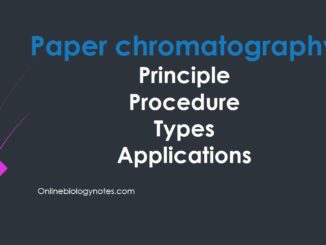
Principle of paper chromatography: This technique is a type of partition chromatography in which the substances are distributed between two liquids, i.e., one is the […]
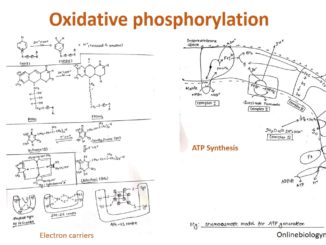
Oxidative phosphorylation: Reducing equivalent NADH, FADH2 generated during glycolysis and the link between glycolysis and Kreb’s cycle are used to synthesize ATP by a process […]
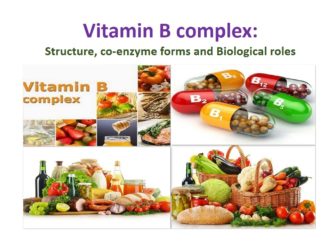
Vitamins are organic compound which in small amounts is required to perform specific biological function for normal maintenance and optimum growth of body. Vitamin B […]
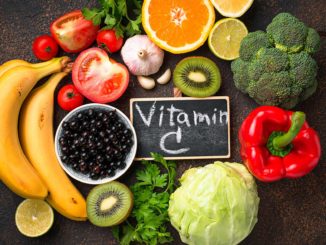
Vitamin C is well known for its ability to treat Scurvy. It is water soluble vitamin, also know as ascorbic acid. Vitamin C has three […]
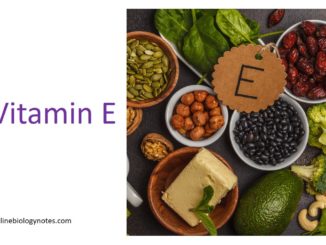
Vitamin E is also termed as anti-sterility vitamin It is a very powerful biological antioxidant. It is a common term for a group of closely […]
Copyright © 2024 | WordPress Theme by MH Themes